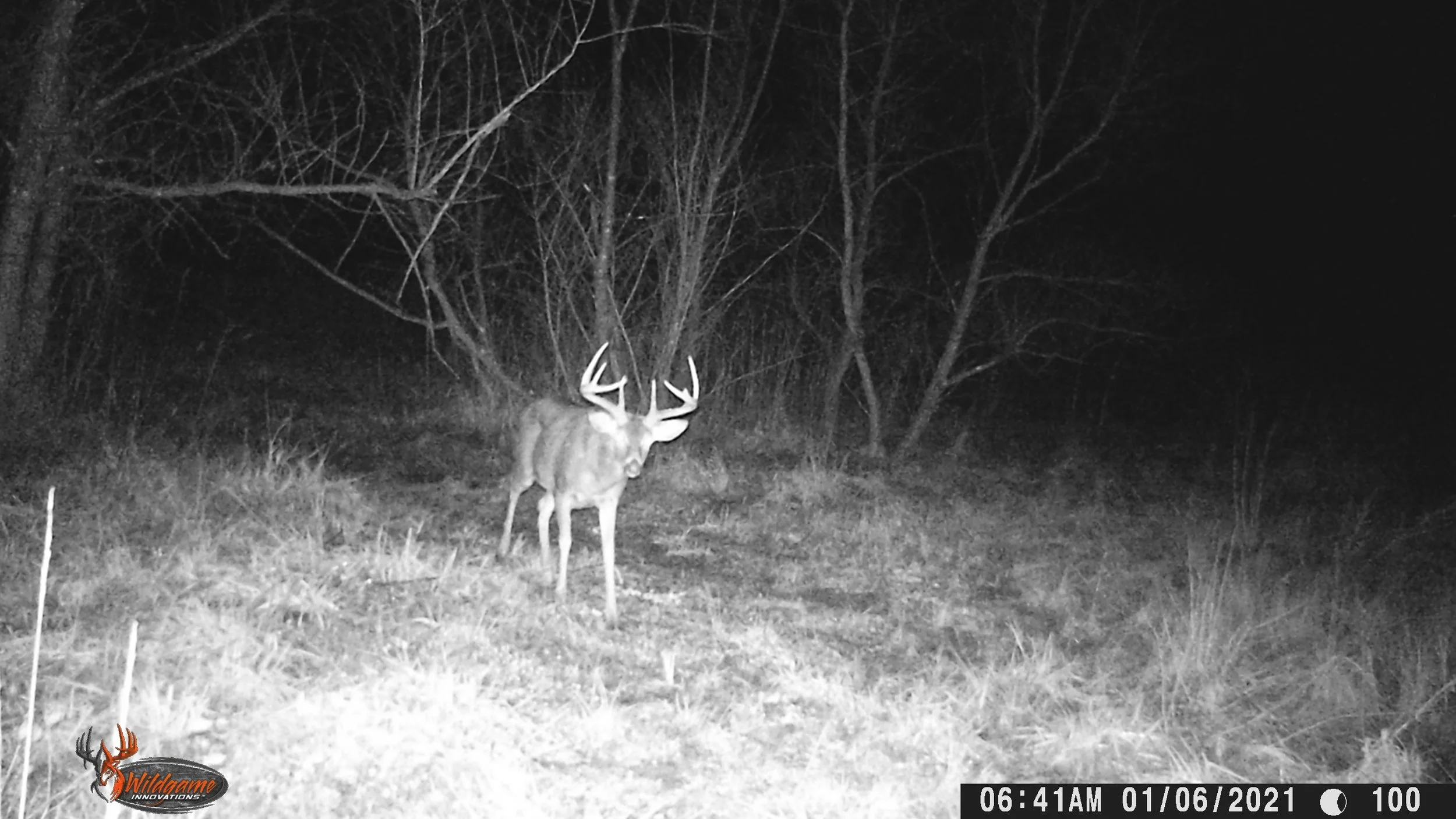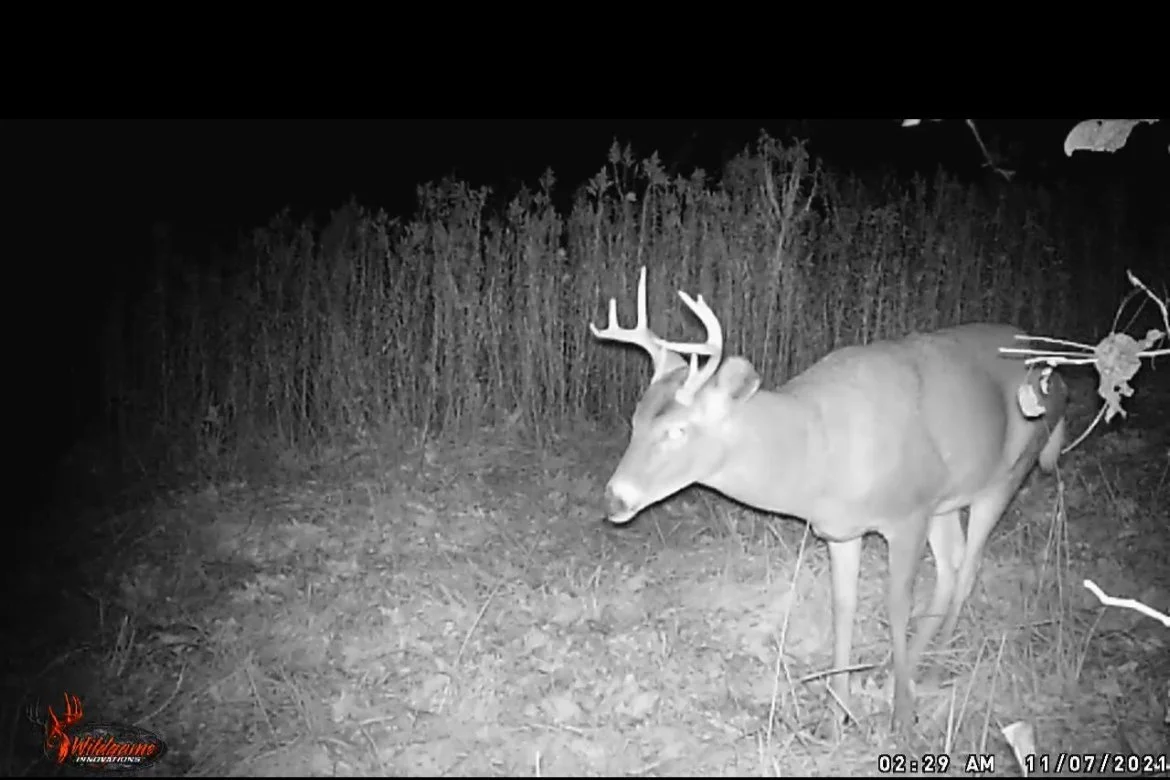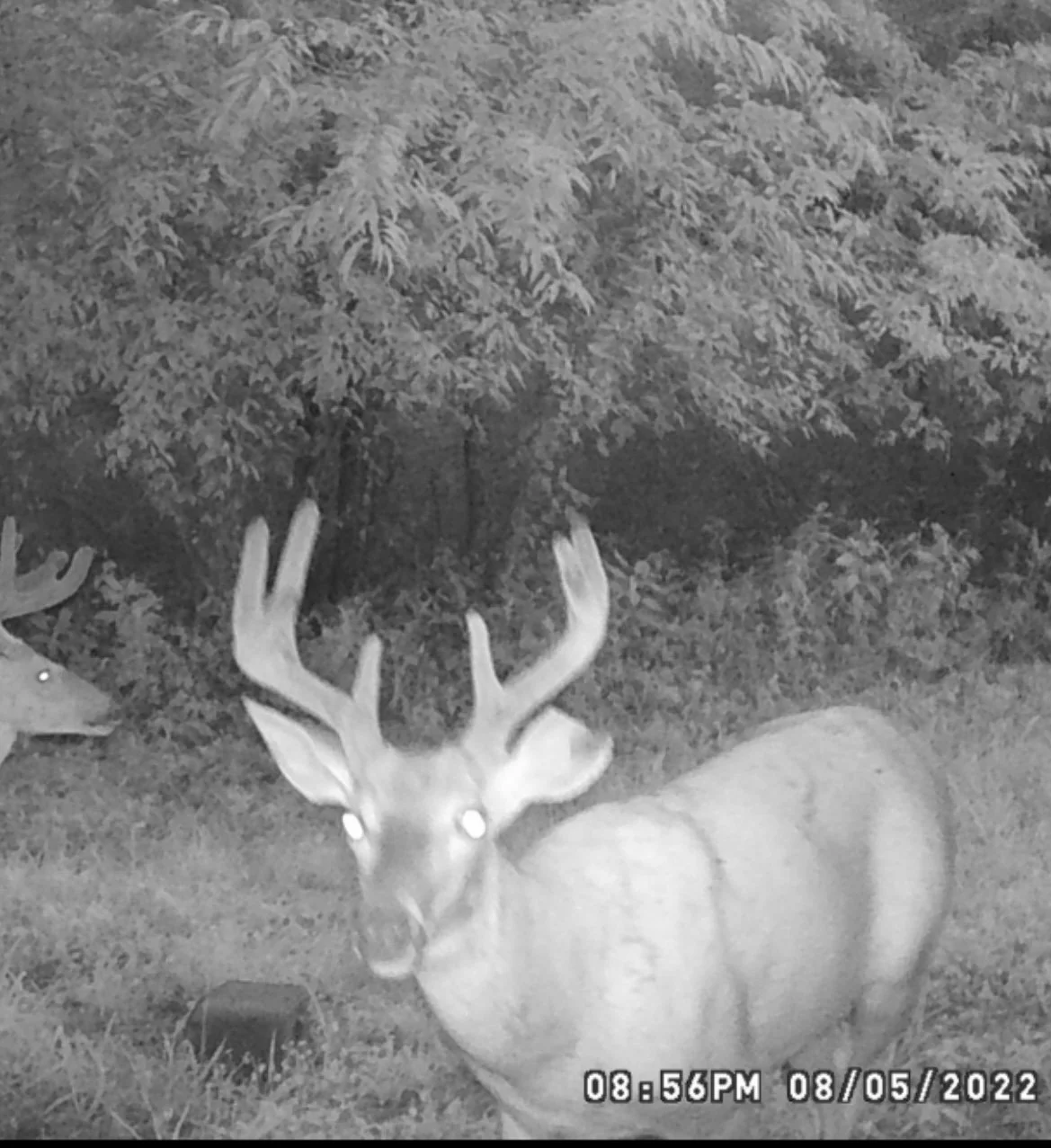Can we keep track of specific bucks season to season?
Written By: Zachary Glay
Stop me if you’ve heard this before. “We have 5 years of history with this deer.” “He put on close to 30 inches since last year.” These days it seems like every buck has a name, and every name has a story extending over the last 3 years, minimum. Some guys even claim they are killing 8+ year old deer that they have history with for the last 6 years. At what point are we really certain that the bucks we see are really the bucks we knew from years past? Sure, year to year you can usually see bucks antler growth and make a good guess if a buck is a particular buck from the prior season but really, is it not possible that we are seeing similar bucks and lumping them together in our minds to make for a better story?
Now, I’m not saying whitetail hunters are incapable of identifying good bucks year to year. We’ve done it here, Braden shot a stud, 160 inch ten point in 2021, and we believe he was a buck we were familiar with, see the pictures below, similar frame, same main frame layout, added some mass and a few inches on his tines, but all in all, very similar look. Again, I think you can identify bucks as they grow, the point is that some guys out there so desperately want a fun storyline with a buck they harvest, that they are willing to make claims that are unrealistic.
Braden’s buck from the 2021/22 season
Likely the same buck from the 2020/21 season, sporting broken tines on his left
What I believe often happens with these deer that guys have 5 years of history with is that they properly identify the same buck for 2 or 3 seasons but one season, they are watching a buck in the decline of his prime, a 7.5 year old buck that is starting to wain in his antler size, or a 5.5 year old that is starting to throw nontypical points. The following season they see a similar buck that has a characteristic that matches the deer they saw before and they tell others that they found the same buck as last year. In reality they have found a new buck, younger, on the rise, and coming into his own as a mature buck. They then pursue this buck for a season or two before harvesting it and claim to have shot a buck they knew half a decade prior.
One of the best ways to identify a buck is unique antler growth and characteristics. The issue with this is that antler growth is a fickle process that is hard to duplicate. So many factors can cause unique antlers. Genetics, a damaged pedicle, a front leg injury can affect one side of a deer's rack, a back leg injury can affect the opposite, hormone levels, environmental conditions, and even a buck getting castrated by a fence. These are some of the many, many factors that play into antler growth. This means that a buck that is unique and stands out one season, could appear totally different the following year. To use another personal example, there is a deer we have been watching for the last two seasons we’ve named floppy. We know for a fact which buck it is because half of his ear is shredded and hanging off, this is obviously a little more consistent year to year than antler growth. However, the first season we saw him, 2021, we assume he was 1.5 years old and had an unmistakable split G2 on his left side. Come August of the 2022 season, a buck with an “unmistakable” split G2 on his left showed up on camera. We were certain that it was Floppy. However, the more we looked at pictures, the more we noticed, there was no ripped left ear, so this could not be our buck. Sure enough, a mainframe 8 with a torn up left ear showed up on camera and we knew this was Floppy. He had become a bigger 8 point, but no split on his G2. The point in telling you about Floppy is to say this, if it had not been for the telltale ear, we would have gone on assuming the new split G2 buck was Floppy from the year prior, antlers don’t always tell the whole story.
Floppy in 2021
An unknown buck 2022 with a split G2, fully in-tact ear
Floppy, 2022, without his tell-tale split G2
There is no doubt in my mind, there have been bucks killed that guys have been watching and chasing for half a decade or longer, but we cannot always know which buck is which and what deer we are seeing year to year. It is my opinion that when hunters claim to harvest a buck they have been watching for 4 or more years, they have mistaken one buck for another to continue the story.







